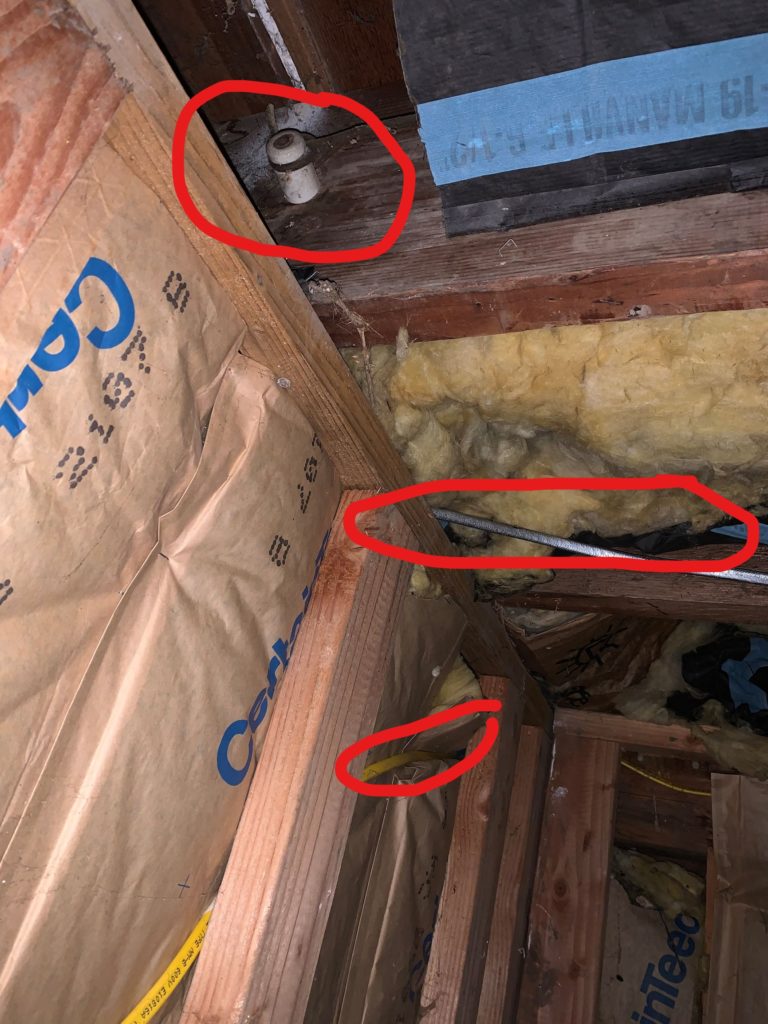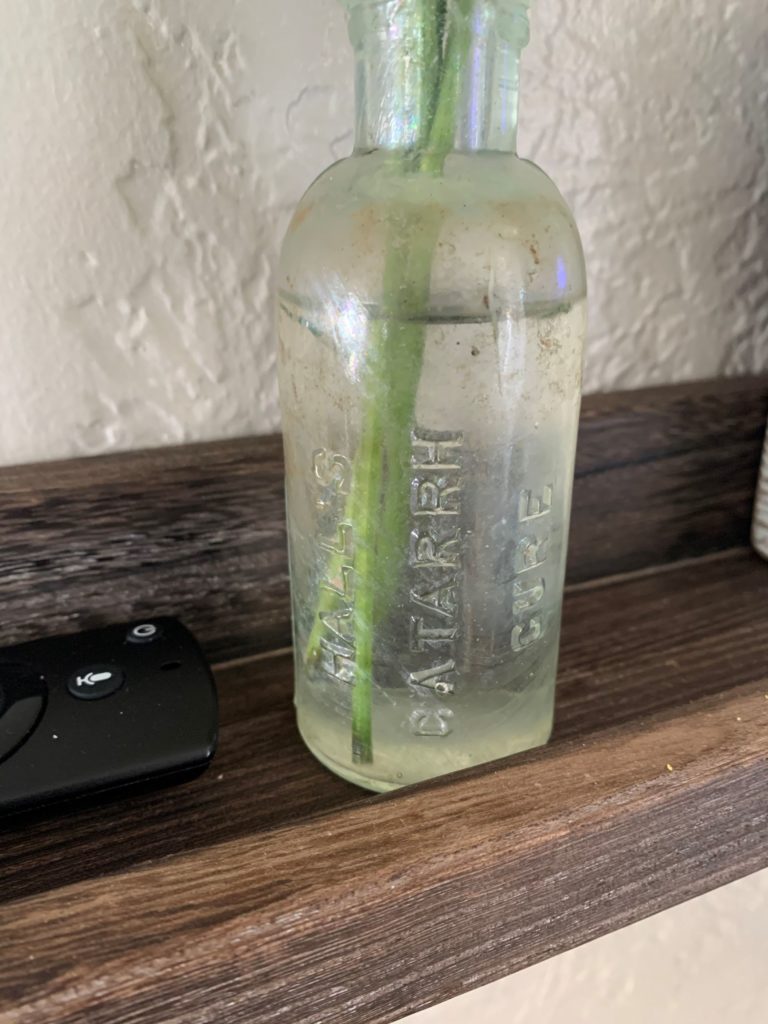I have talked about my home some over the years. But, I don’t think that I have talked about the controversy. Within the county, the date built is listed as 1893. However, talking with a previous home owner it was his belief that it was built in 1873. The theory to the age discrepancy was that was when the first record was recorded with the county. It was his belief that this house was the original structure on the NE corner of the city and that all of the lumber was milled from the site. There is an older house on the block (1846) but it was moved from a different location in the city I was told.
What I do know is that this house has been extensively remodeled and almost none of the original detail remains. Both the exterior and the interior have been removed and replaced. The major model occurred in the late 70s. The original lap was replaced with T111, the windows were replaced, the plaster was removed, knob and tube wire was replaced with Romex and insulation was put in the walls. All changes that improved the livability and moved this house into the next century.
In 2016, we needed to paint the house. There was some rot in existing T111 and today’s building practice (and code) would not allow for replacement so we chose to add Hardi-plank on top of the T111. Subsequently, people started coming out of the woodwork that had a history with this house. We heard it was a boarding house in the 1950s and college apartments in the 1960-70s. One of them was the previous homeowner who brought us a whole stack of photos from before, during and after the remodel in the 1970s.

Because of the photos, I can see that the house is balloon framed. That is where the structural members span from ground to roof. That was a common practice late 1800s. There are two reasons why that practice has fallen out of favor. One is the quality of lumber is not the same as it was one hundred years ago. The second and bigger reason is that in case of fire, there is nothing (what is called blocking) to prevent the fire to spread between floors at a rapid rate.
Another potential clue I have seen is that the framing lumber is true to dimension and often rough sawn. Rough sawn means that it came from the mill without running through a planer. But, true to dimension is a bigger clue. I ran across this document while I was doing some quick research on the subject about the history of the lumber industry. It appears that lumber standards were adopted in 1902 for the west coast. Interesting, but not helpful if trying to figure out the year built before the standard or even milled on site.
I am still looking for the smoking gun. One thing I found while cleaning up under the house was this ‘Halls Catarrh Cure’ bottle. It definitely has an interesting story, if you are interested. My research indicated that it was from the was the 1890s period, but still not conclusive.

Maybe the best piece of evidence I have to date is this floor covering scrap. When we removed the carpet for my wife’s office space last fall, it exposed a jute backed linoleum.

I forgot that I took this picture until yesterday when I was chatting with my son about what I was going to do for a floor in the new office. He was telling me that a local lady was giving away used linoleum and I was trying to understand what he was saying. Strangely enough, I realized that we didn’t have any linoleum in our house and neither do a lot of people we know currently. Again, this is not conclusive, however I do believe that I could date the pattern, it would be a more solid indicator of age.
Finally, the county historical society does have a collection of photos. I have casually looked and have not found a photo of my particular house. I do believe that I can make an appointment and dig in more seriously, but I haven’t prioritized it over the other many other things I have to do. It might be as simple as just asking the question and having one of the curators point me in the right direction.
And so the controversy continues. Will it ever be resolved? Who knows, but I enjoy finding little things like this.
Recent Comments